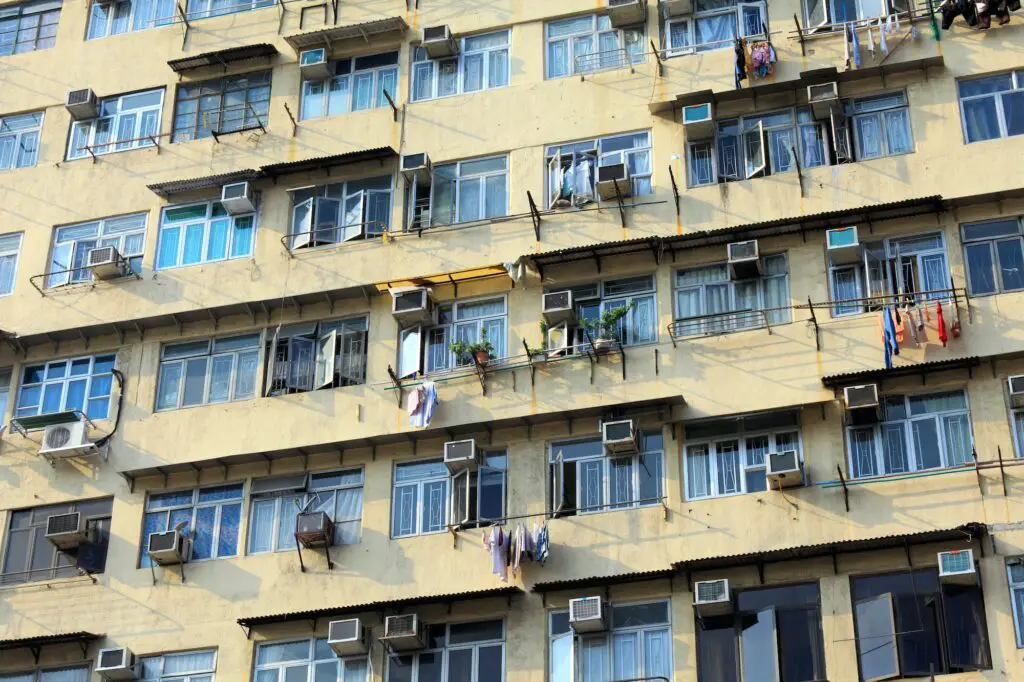Section 8 is the name of a housing assistance program sponsored by the United States Department of Housing and Urban Development (HUD). It allows low-income households to rent privately owned apartments and other suitable dwellings while HUD pays the landlord a large portion of the tenant’s rent. In order to qualify for the program, applicants must meet certain requirements—which is what this article is about to discuss. The goal is to provide an overview of the four sections of the program’s requirements. We will explore who is eligible, what they must do to become eligible, how their rent is calculated, and how their payments are monitored. Ultimately, this article will provide a comprehensive understanding of how the program is structured and how it benefits both tenants and landlords.
Who Is Eligible for Section 8?
One of the primary requirements for Section 8 housing assistance is that the applicant must meet certain income and assets limits. HUD sets forth these limits, which vary by both family size and geographic area. The limits can be quite low; for example, in a major city, the threshold for a family of four may be only $25,000. Furthermore, in certain areas, the median income in the area will also be taken into account, which further reduces the amount of income a family can earn to qualify for the program.
In addition to these income limitations, applicants must also meet a few other criteria. In general, applicants must be citizens of the United States, legal residents of the jurisdiction in which they are applying, and must not currently be barred from participation in HUD housing programs. Furthermore, applicants may be required to undergo a background check to determine eligibility, and may also be required to provide proof of employment status or other documents that verify they are in a position to pay rent.
What Must Section 8 Applicants Do to Qualify?
Once an applicant makes it to the screening stage, they must provide a number of documents to prove their eligibility. This includes documentation of citizenship or legal residency, proof of income, and a current rental or mortgage payment history. In addition, applicants may be required to supply information on assets such as bank accounts and vehicles, as well as medical or disability documents. Applicants must also provide contact information for their references and housing history, plus any other relevant information.
Using this information, the local public housing agency (PHA) will conduct an income and assets assessment. This allows the PHA to verify that the applicant is within their income limits and eligible for Section 8 benefits. The PHA must also look into the applicant’s rental history to make sure they are not delinquent in rent. Furthermore, if the applicant has a disability, they must also provide proof of disability to be eligible.
How Is Rent Calculated in a Section 8 Program?
Once it is determined that the applicant is eligible for the Section 8 program, the PHA calculates the family’s rent payment. This is done by subtracting the family’s income from HUD’s published rental limits. For example, if the rental limit for a four-person family is $800 per month and the family’s income is $450 per month, then the family’s rent payment would be $350 per month. The PHA pays the landlord directly the difference between the family’s rent payment and the total rent due.
It’s important to note that in certain areas, there is also a maximum amount set for the rent payments. This means that even if the rent for the property exceeds HUD’s published limit, the PHA will only pay up to the maximum amount set for the area. For example, if the maximum allowable rent for a four-person family in your area is $1,000 per month, then the family can only pay $650 even if the actual rent for the property is higher than the maximum amount. In addition, HUD also sets area-specific rent standards that cannot be exceeded. This helps to ensure that landlords do not overcharge Section 8 tenants.
How Are Section 8 Payments Monitored?
Once an applicant is approved for Section 8 housing assistance and their rent amount is determined, the PHA and the tenant must enter into a “Housing Assistance Payments Contract (HAP Contract).” Under this contract, the tenant pays their rent to the landlord on a regular basis, and the PHA pays the balance to the landlord.
The PHA monitors the program to ensure that the landlord is not overcharged. The PHA also conducts regular inspections of the property to ensure that it is up to their quality standards; if the property fails to meet these standards, the PHA can withhold payments until the problem is corrected. The PHA can also terminate the contract if the tenant is in delinquent in rent or is violating the lease agreement in any way.
Final Thought
Section 8 is an incredibly beneficial program that helps low-income households find safe, affordable housing. The four primary requirements—eligibility, tenant obligations, rent calculation, and payments monitoring—help to ensure that the program’s benefit are reaching those who need it most. By providing an overview of the program’s specifics, this article has offered a comprehensive understanding of how Section 8 works and how it can be beneficial for both tenants and landlords.

